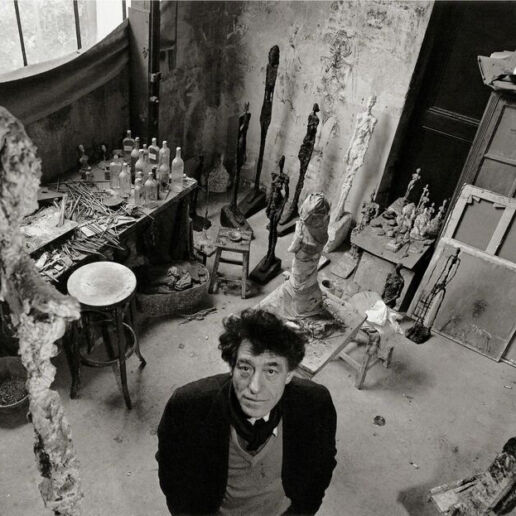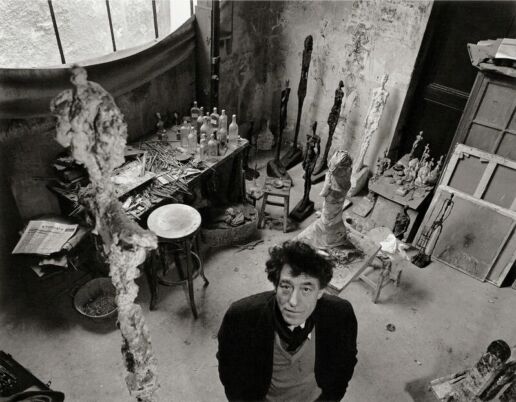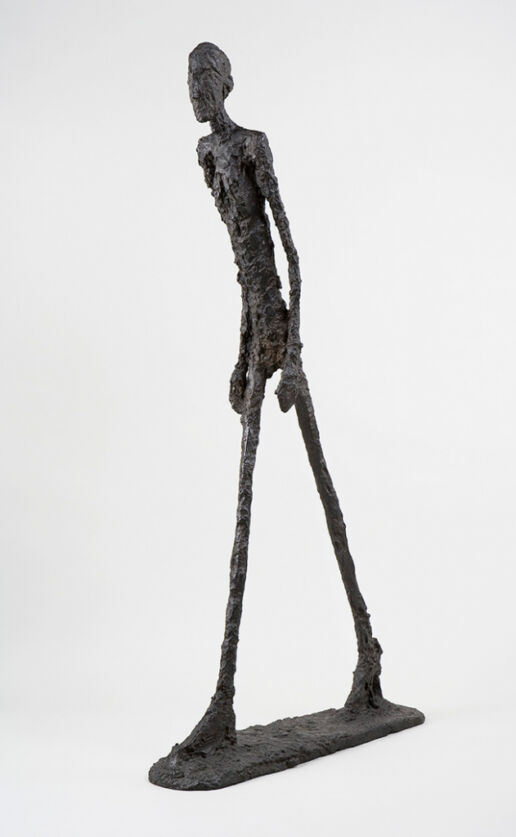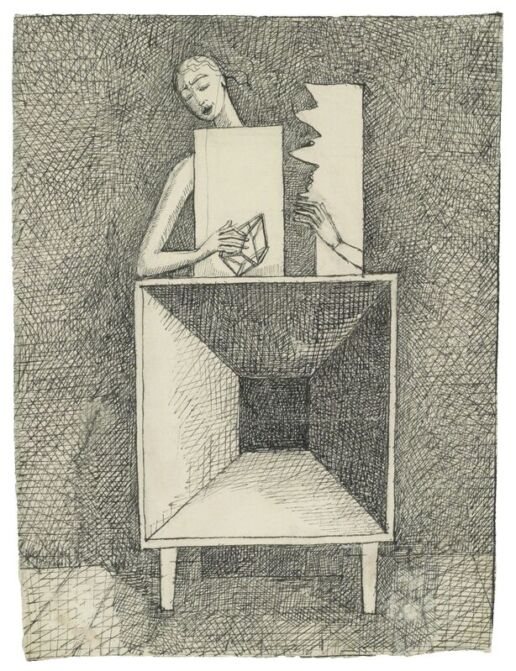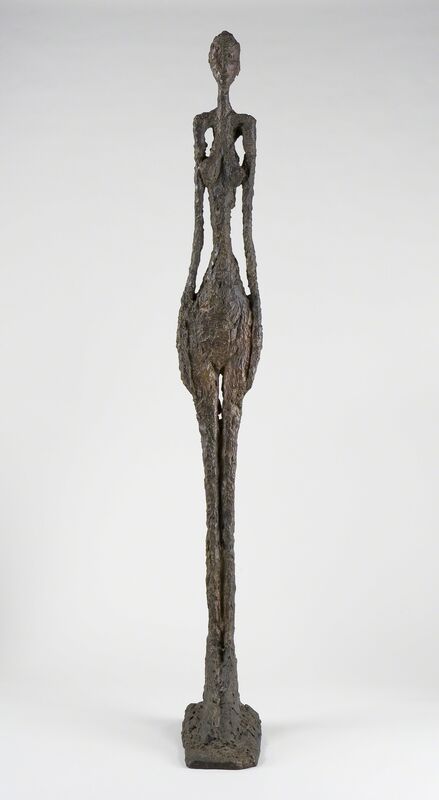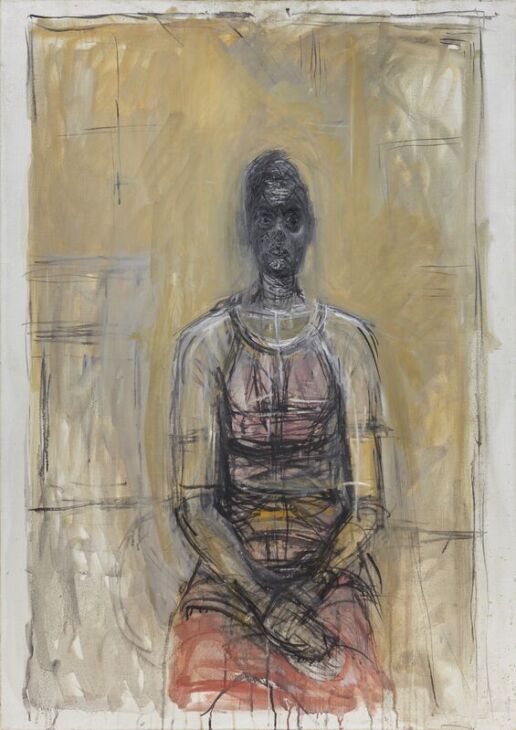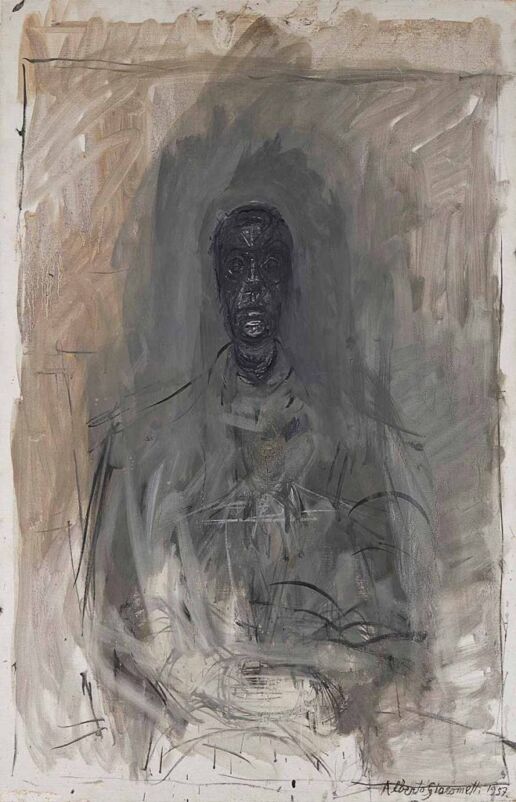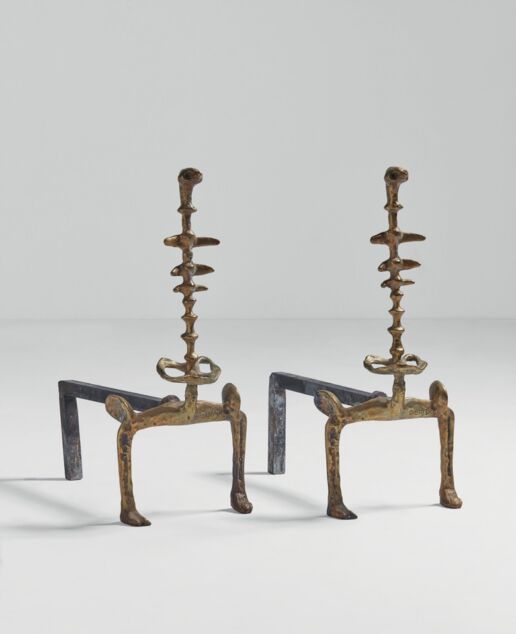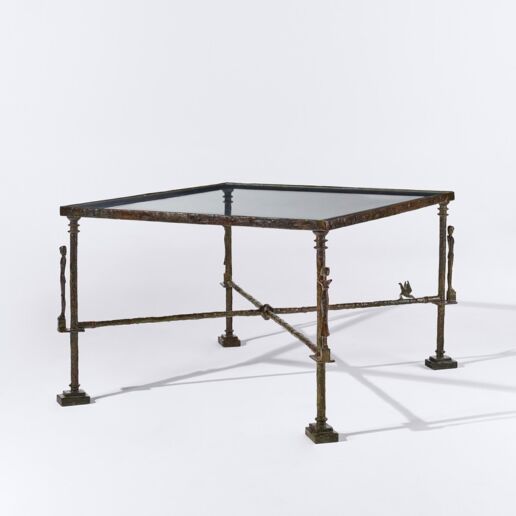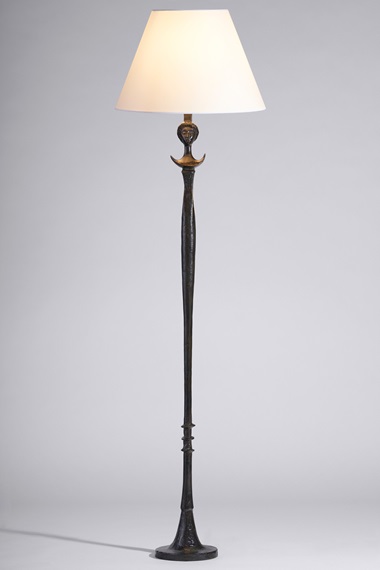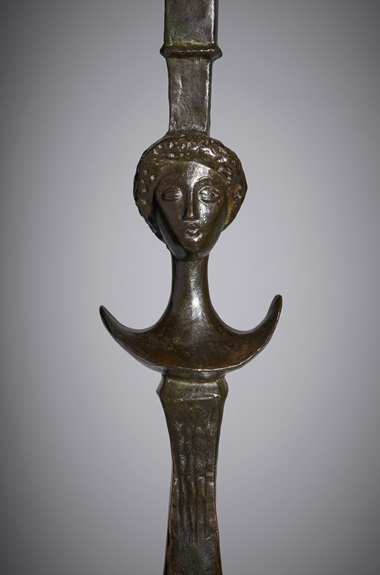A stopover at Giacometti on the banks of the Seine
Situated on the banks of the River Seine, the Invalides Train station is being repurposed as a museum dedicated to the Swiss painter and sculptor Giacometti that will open in 2026.
As the post-war era headquarters of Air France, the Gare des Invalides will soon open as a museum. A 6000 square meter section of the building will be the new home of Giocometti’s fabulous works including 95 paintings, 260 bronzes, 550 plaster molds, and numerous engravings and drawings, which are currently kept at the Giacometti Institute. One of the main reasons for the relocation of his works to the museum was space constraints at the institute. Born to a creative and artistic family, Giacometti is one of those artists who discovered his talent from an early age. The Swiss artist was born in the village of Borgonova near Stampa in 1901. He moved to Paris after a formal art education in Geneva. The art community often regarded the artist as an avant-garde from the Parisian school and he was one of the leading surrealists throughout his life, yet it is hard to confine his artistic output to a single movement. Traveling extensively across Europe while living in Paris, it is known that he developed a fascination with Byzantine, Renaissance, and Baroque arts and was influenced by Egyptian art.
Life in Paris
Alberto Giacometti moved to Paris in 1922. He took sculpture lessons from Rodin’s student, French sculptor Antoine Bourdelle, and later worked as his assistant. The early creations Giacometti made in Bourdelle’s workshop bear the traces of the artists that influenced him during that time. Worried that he was not good at painting what he saw, Giacometti eventually reached a stalemate in making realistic sculptures which led to a shift from realism to abstraction during the 1925-29 period. His works were now the pure reflection of his imagination. In 1927, he moved into his famous 23-square-meter studio, which become a landmark in his life. His close friend and writer Jean Genet describes Giocometti’s workshop; ‘It was a milky swamp, a seething dump, a genuine ditch. There was plaster all over the floor and all over the face, hair, and clothes of the sculptor; there were scraps of paper and lumps of paint on every available surface. And yet, “lo and behold the prodigious, magical powers of fermentation” – as if by magic, art grew from the rubbish; the plaster on the floor leaped up and took on permanence as a standing figure.’
In the 1930s, Giacometti was taken by the surrealist movement with the influence of Andre Breton and produced some of his most captivating surrealist works. He became friends with Joan Miro, Pablo Picasso, Balthus, and Max Ernst. In 1935, he changed his style and went back to making human models again. He made a series of sculptures for which he repeatedly used his mother and siblings as models. It is known that he drew his closest brother Diego on numerous occasions. During this period, his sculptures gradually grew smaller in size. In the second half of the 1940s, Alberto Giacometti began to produce tall and thin abstract figures. This is a time when he also produced decorative objects such as lamps and vases to earn a living. He collaborated with acclaimed interior designer Jean Michel Frank and was supported by his brother, Diego, who would later design his own furniture collection and sculptures. Influences of Albrecht Dürer, Rembrandt, and Jan Van Eyck can easily be noticed in the work of the cubist – surrealist artist.


